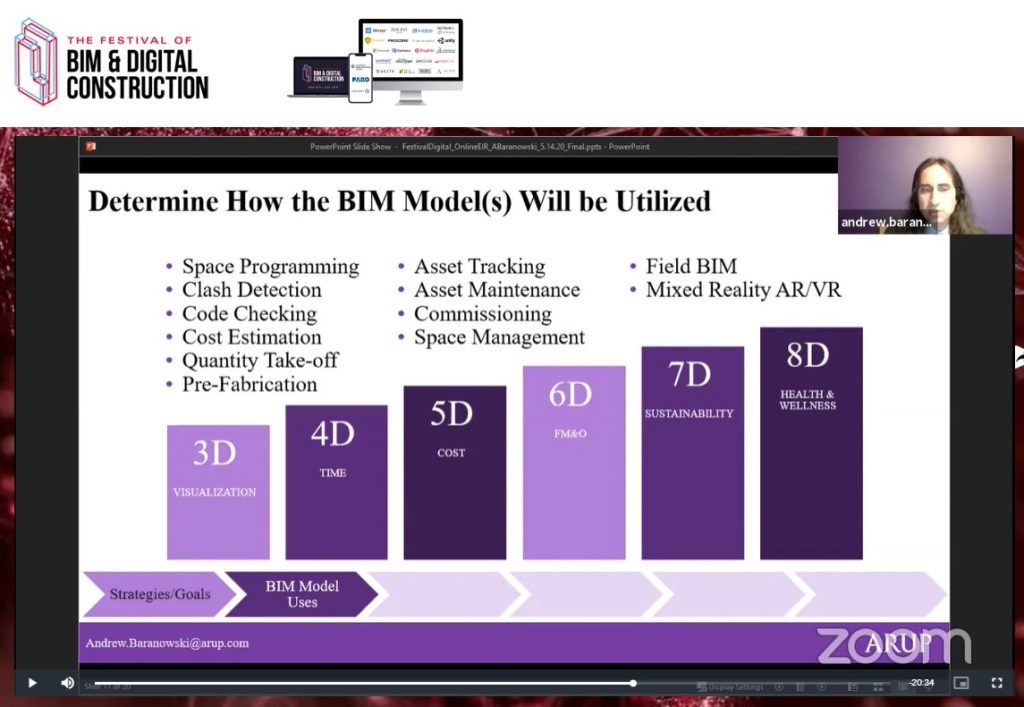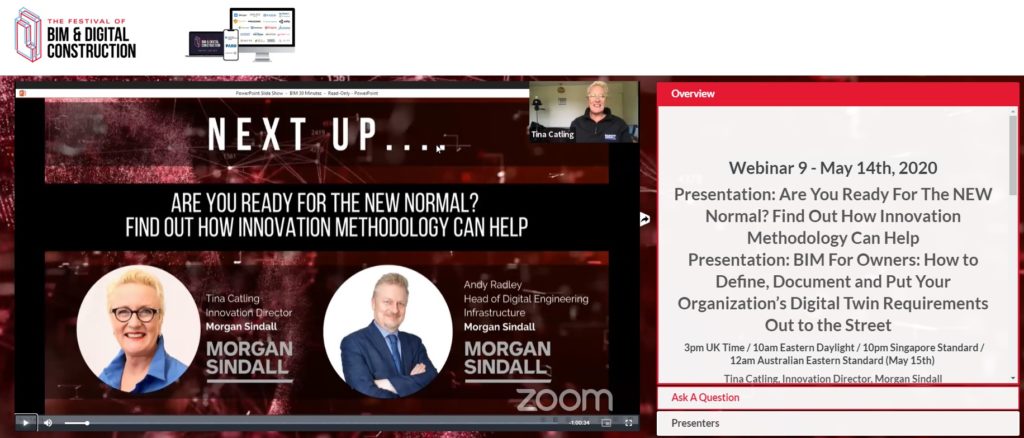
What is an EIR Document?
It is usually a very long document that covers a wide range of building details. Simply put, an EIR is a document that states all the necessary information needed to adhere to a specific BIM standard when working on a project.
EIR documents entail three primary aspects:
- Management
This defines the details of the standards to be used as well as the roles and responsibilities. Management of work planning and coordination, data segregation, BIM meetings, and compliance.
- Commercial
The details of data drops (exchanges) and BIM-specific project deliverables.
- Technical
The details of software platforms, data exchange formats, the Common Data Environment (CDE), model coordinates, asset data points, file naming schema, and classifications.
How do you determine what should go inside an EIR? It is important to think about what an organization intends to accomplish by adapting BIM processes. Drafting an EIR document is a great way to define an organization’s BIM strategies and goals. It will also help determine how to utilize BIM models and what data is required to achieve specific BIM goals.
Let us look at a few ways BIM Models can be utilized:
- Spatial Programming
- Clash Detection
- Cost Estimation
- Quantity Take-offs
- Asset Tracking/Maintenance
- Data Management Practices
- Commissioning
- Field BIM
- Visualization (Mixed Reality AR/VR)
Typically, these documents are drafted by the owner or owner representative such as ENGworks; however, anyone in the AECO industry could benefit from organizing internal BIM resources in such a way. Depending on which utilization you are using a BIM model for, different goals and data collection will be required.

Why are EIR Documents Important?
“EIR documents has helped users to save up to 22% in construction costs in the UK. Taking this to an international level not only means more effective collaboration on global projects, but allows designers and contractors working on all kinds of buildings to have more efficient information management.”
Resource: https://www.designingbuildings.co.uk/wiki/ISO_19650
Even though EIR documents are not widely used in the USA, we can all benefit from creating and maintaining standards of a BIM library. It is important to define your organization’s BIM strategies and goals. This may lead to setting up internal standards for your company. Having documentation and standards, only make communications easier for internal coordination as well as external when working from project to project.
How Can We Help?
Here at ENGworks we have a history of proven solutions helping clients with their customized needs. This includes creating VDC standards, transitioning a team from AutoCAD to Revit, BIM Library Management Standards, Owner Asset Management, QA/QC, and building out BIM Content. Our company also helps with training, mentoring assistance and any other solution that may be developed. We understand the importance of implementing BIM in today’s AECO industry. Let us help your team collaborate more efficiently on all your future projects.

Please also connect with us on our social media platforms below to stay up to date with our announcements.




